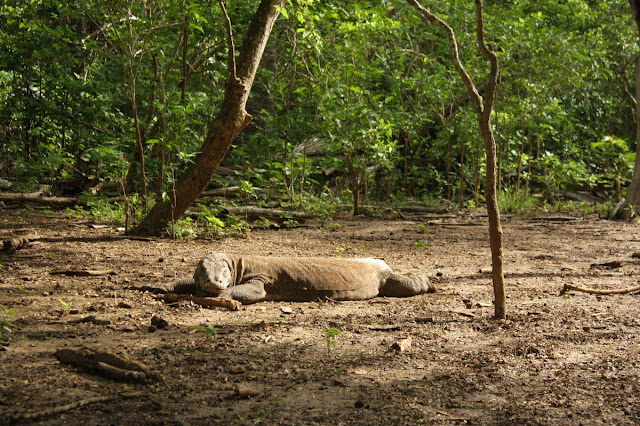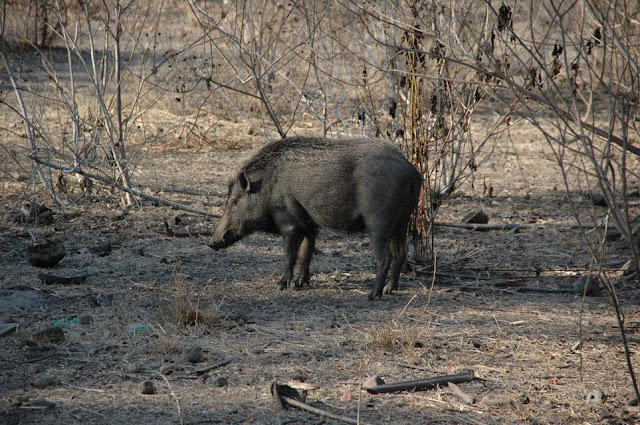Komodo National Park
Peble Jeine
The Komodo National Park is a national park in Indonesia located within the Lesser Sunda Islands in the border region between the provinces of East Nusa Tenggara and West Nusa Tenggara. The park includes the three larger islands Komodo, Padar and Rincah, and 26 smaller ones, with a total area of 1,733 km² (603 km² of it land). The national park was founded in 1980 in order to protect the Komodo dragon, the world's largest lizard.
 |
| The Komodo National Park |
The park later dedicated to protecting other species, including marine species. In 1991 the national park as declared a UNESCO World Heritage Site.The park comprises a coastal section of western Flores, the three larger islands of Komodo, Padar and Rincah, 26 smaller islands and the surrounding waters of the Sape Straights. The islands of the national park are of volcanic origin. The terrain is generally rugged, characterized by rounded hills, with altitudes up to 735 m. The climate is one of the driest of Indonesia with annual rainfall between 800mm and 1000mm. Mean daily temperatures in the dry season from May to October are around 40°C.
The hot and dry climate of the Park, characterized by savannah vegetation, make it to a good habitat for the endemic Komodo dragon (Varanus komodoensis).Their populations are restricted to the islands of Komodo (1,700), Rinca (1,300), Gili Motang (100), Gili Dasami (100), and Flores (ca. 2,000),while extinct on Padar.
Cloud forests appear only in few areas above 500 metres but they provide habitat to several endemic flora. Coastal vegetaion includes mangrove forest, which generally appear in the sheltered bays of the three larger islands.
Fringing and patch coral reefs are extensive and best developed on the north-east coast of Komodo.The park is rich in marine life, including whale sharks, ocean sunfish, manta rays, eagle rays, pygmy seahorse, false pipefish, clown frogfish, nudibranchs, blue-ringed octopus, sponges, tunicates, and coral.
















Enter your first comment!